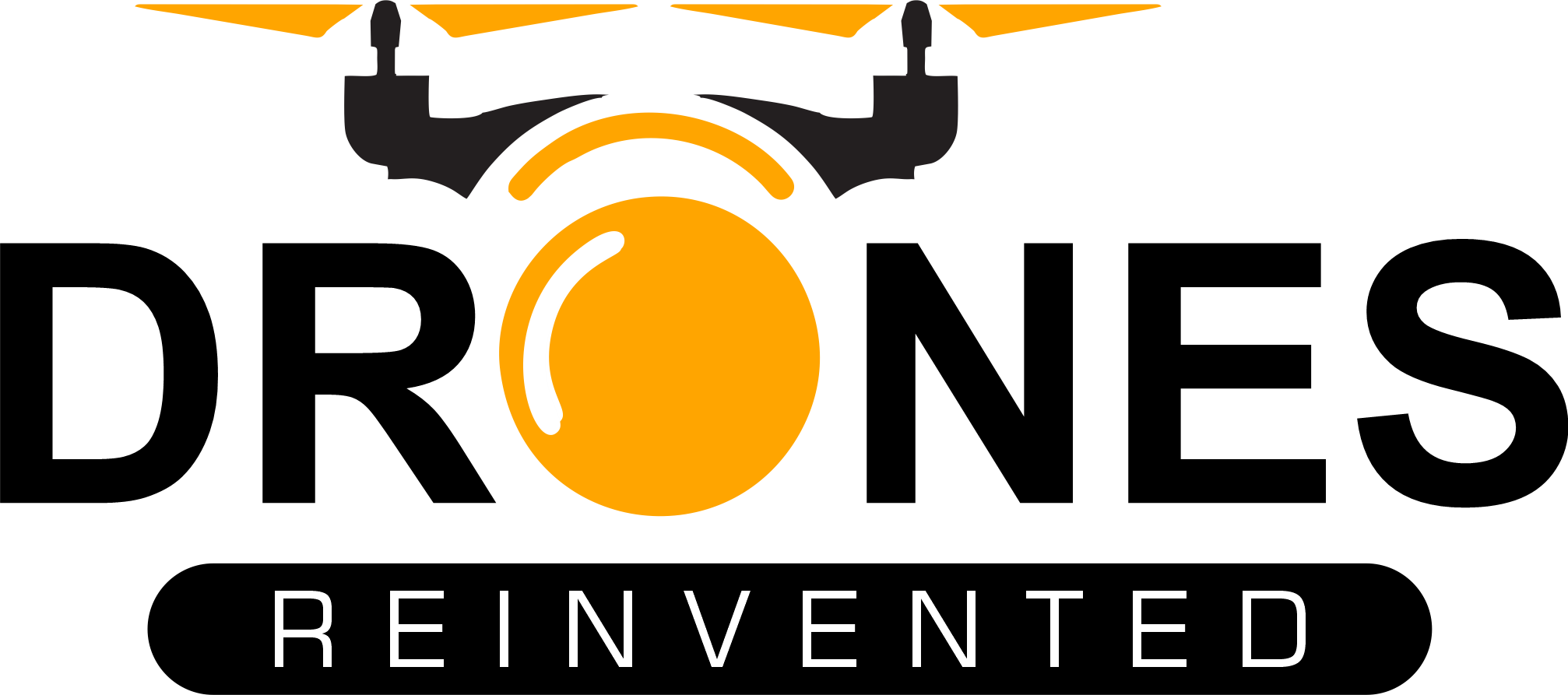Distributed Dual-Mode Mesh Radar to Enhance Air Force 87th Security Forces Squadron’s Low-Airspace Surveillance
MatrixSpace has been awarded a $1.9 million AFWERX Tactical Funding Increase (TACFI) Phase II Sequential contract. This contract supports the development of a distributed dual-mode mesh radar system aimed at strengthening base defense capabilities for the Air Force 87th Security Forces Squadron. The project, based on MatrixSpace’s existing radar hardware platform, will span 22 months and begins immediately.
Enhancing Low-Airspace Surveillance
The primary objective of this project is to scale MatrixSpace Radar for tactical, expeditionary, and installed base force protection scenarios. The initiative involves creating a scalable, low-cost distributed radar sensor mesh capable of providing low-airspace surveillance. This system will be designed to detect, track, and identify low-flying objects such as unmanned aerial vehicles (UAVs), loitering munitions, and RF-silent one-way attack vehicles.
The distributed sensor mesh will offer the Air Force a flexible, deployable network of security sensors that does not require additional infrastructure for power and communications. This innovation is essential for rapidly enhancing base defense capabilities in complex and challenging environments.
Matthew Kling, VP of Intelligent Systems at MatrixSpace, emphasized the importance of this project, stating, “This TACFI project addresses a core requirement in new force protection, which is providing an enhanced level of awareness in complex, challenging environments, quickly. A distributed radar sensor mesh has the ability to detect and identify previously undetected objects, making it essential for the new world of battlespace awareness. This project enables MatrixSpace to demonstrate our product for field use.”
MatrixSpace Radar Capabilities
MatrixSpace Radar, designed and developed in the United States, offers robust situational awareness for both airborne and ground-based objects, regardless of lighting and weather conditions. This radar system is particularly effective in detecting drones and countering unmanned aircraft systems (CUAS). It also supports Beyond Visual Line of Sight (BVLOS) operations for uncrewed, autonomous, and tethered aircraft, enhancing overall airspace awareness and security.
About AFWERX and AFRL
AFWERX, the innovation arm of the Department of the Air Force (DAF) and a directorate within the Air Force Research Laboratory (AFRL), is responsible for bringing cutting-edge American ingenuity from small businesses and start-ups to address the DAF’s most pressing challenges. AFWERX operates across five hubs and sites, with an annual budget of $1.4 billion. Since its inception in 2019, AFWERX has executed over 6,200 contracts worth more than $4.7 billion, strengthening the U.S. defense industrial base.
The Air Force Research Laboratory (AFRL) serves as the primary scientific research and development center for the Department of the Air Force. AFRL leads the discovery, development, and integration of affordable warfighting technologies for the U.S. air, space, and cyberspace forces. With a diverse portfolio of science and technology initiatives, AFRL continues to drive innovation across the defense sector.
For more information, visit www.afwerx.com and www.afresearchlab.com.
Read more:
Miriam McNabb is the Editor-in-Chief of DRONELIFE and CEO of JobForDrones, a professional drone services marketplace, and a fascinated observer of the emerging drone industry and the regulatory environment for drones. Miriam has penned over 3,000 articles focused on the commercial drone space and is an international speaker and recognized figure in the industry. Miriam has a degree from the University of Chicago and over 20 years of experience in high tech sales and marketing for new technologies.For drone industry consulting or writing, Email Miriam.
TWITTER:@spaldingbarker
Subscribe to DroneLife here.

0 Comments